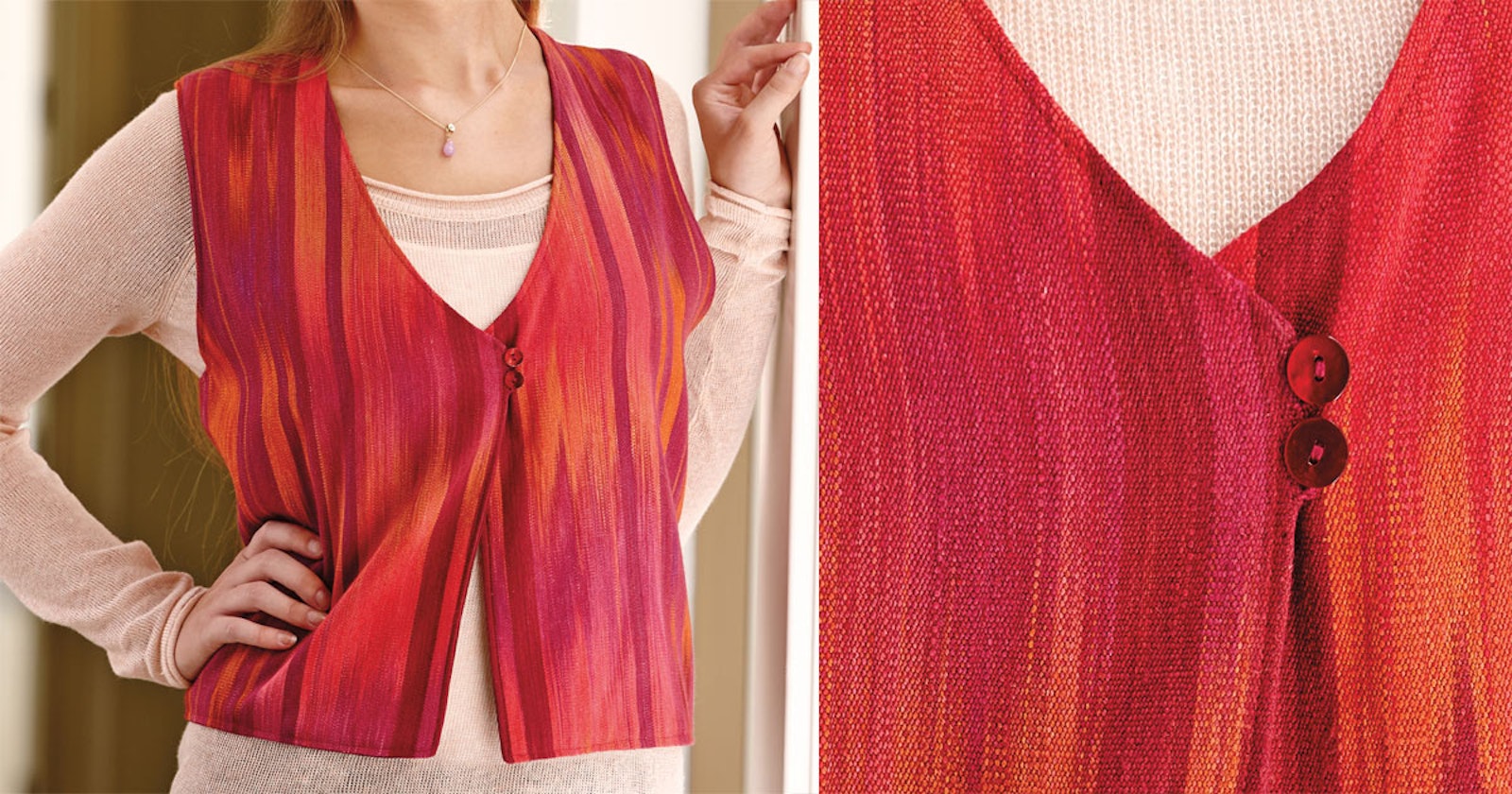
I learned to weave in the mid-1970s. I was a stay-at-home mom with a young family, so we had all the usual bills to pay and very little money left over for yarn. I planned carefully and bought just enough yarn for my projects, one at a time. There was no stash. My loom was handmade for me by my father but was empty as much as it was warped.Each project was a pleasure, even if it was not entirely successful, because weaving was a delightful mystery to unravel. I tried plain weave, twills, rosepath, overshot, and other twill derivatives, and read everything I could from the library about weaving.
One day, while holding a fussy baby, I looked out the second-story window and watched the neighbor’s sheep grazing in the fields. It suddenly struck me that there was yarn to be had out there, I just needed to learn to spin!
Thus began my odyssey to find a spinning class. It took three tries over nine months to find that magic combination of teacher, students, and location, but finally things came together at a local community college. My teacher was a rug weaver and a spinner of many years who drove a long way each week to teach eighteen eager new spinners.
The rest is a wonderful story of learning to spin, spinning lots of yarn, dyeing and weaving with that yarn, all the while learning more than I ever thought possible about wool, flax, silk, and cotton. My spinning teacher used her own handspun yarns to weave fabrics and rugs for her family, so I did the same: I used my very first yarn to weave a humble weft-faced blanket, which has hung on the back of my rocking chair for over thirty years now. It is spun from Cheviot wool, three ply, using the same yarn for warp and weft.
Eventually, I would have my own sheep and Angora goats, and since then I have always had enough yarn to feed my loom. I choose to spin mostly silk and wools now for fabrics, bands, and bags. I was also inspired to teach: first spinning, then dyeing and weaving, because I remember the disappointment in not finding a teacher, in not being able—for almost a year— to find a way to learn to spin.
Spinning to weave is an unparalleled pleasure. The variety of fibers available to spinners today is extensive; we can obtain fiber from animals and plants the whole world over. There is no textile that I can weave where handspun yarns are not appropriate—for centuries, every textile made in the world was spun by hand. I aspire to make those long-ago spinners and weavers proud.
—Sara

